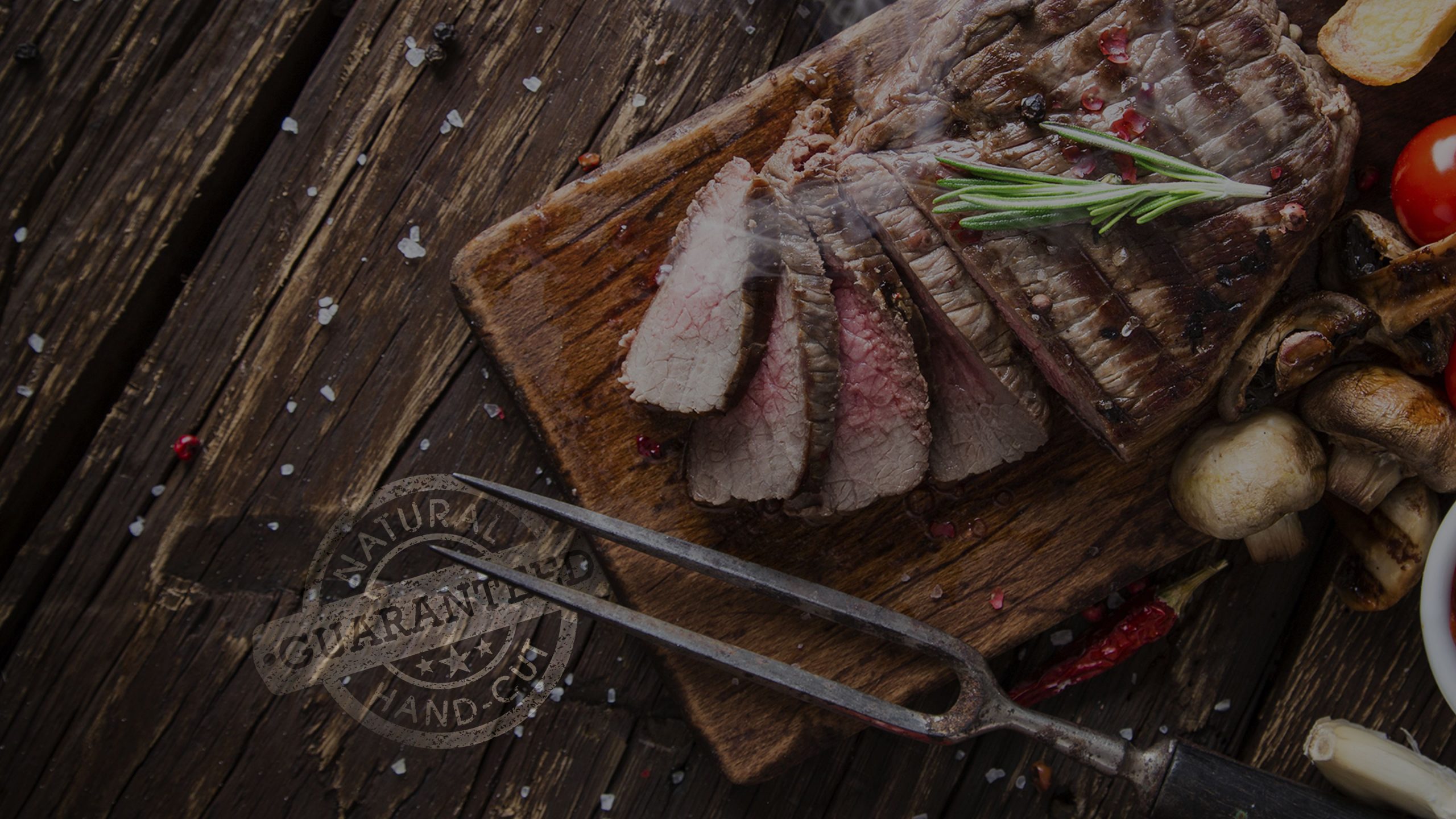Bill Kurtis – How The Hot Dog Became Sustainable
Authored by Bill Kurtis
How do you change an American icon into a symbol of the movement toward healthier food? Granted, the hot dog’s iconic reputation is built more on a ballpark experience than nutritional content. And the story that it is stuffed with everything left over in the slaughterhouse process, even the sweepings, has persisted from generation to generation. Mothers may serve them, but not without a feeling of guilt.
I dreamed, “What if I could transform this so-called icon into a health food?” Mothers would rejoice at the thought that nutrition could be disguised as a children’s favorite—the hot dog. But where do I start?
That was easy. First, I’d use 100% grass-fed and grass-finished Tallgrass beef. It would be a pure beef product—no leavings from the feedlot carcasses. That ingredient alone would raise the value and lay a foundation for a total transformation. The levels of the essential fatty acid, Omega-3, would increase significantly. Its balance with the matching Omega-6 would return to the proper level. Calories, cholesterol and saturated fat levels would go down. It would be higher in a potential cancer fighter, CLA, and more vitamins A, B and beta-carotene. The new ingredients help fight diabetes, depression, autoimmune diseases, arthritis, multiple sclerosis and chronic inflammatory diseases.
Part of the transformation is taking out non-natural things like steroidal growth hormones that the European Union believes lowers the average age of puberty for young girls. The FDA fears a crisis of antibiotic-resistant bacteria rising out of the excessive use of the drugs in feedlots. Tallgrass cattle receive no antibiotics and therefore, neither do the hot dogs.
The Tallgrass cattle are pasture-raised which solves most of the problems created by concentrating livestock in feedlots designed to keep animals eating so they fatten quickly. We feed no grain or corn which gives us GMO and gluten-free beef.
The preservatives nitrate and nitrite that are necessary for extra shelf-life in most hot dogs have been implicated by the American Institute for Cancer Research as links to colorectal cancer. We removed both chemicals from the new, reconstructed Tallgrass Frank.
We were able to do it with a new means of protecting the beef from bacterial growth. It’s called HPP and it uses high pressure to destroy the pathogens like E-Coli and Listeria. When the Tallgrass hot dog is finished, it is packaged, sealed and labeled and then placed in a compression machine that subjects the product to 87,000 lbs. of pressure per square inch for 3 minutes. That process destroys the bacteria that otherwise would cause the meat to spoil. Without damaging the package or hot dogs, the result is six months of pathogen-free shelf life if kept at 44 degrees.
And yet, even with the most dramatic transformation perhaps in the history of sausage making, the best part is that the taste has improved.
We are proving that we can have health AND taste in the same iconic product.
The Tallgrass Frank. It will lead the healthy revolution.
Mallory Mcdaniel



 The grass-fed beef revolution is here, and Tallgrass Beef Company is leading the way. If you’re new here, we invite you to explore our site to learn the benefits of grass-fed beef, and why we believe our grass-fed beef is healthier.
The grass-fed beef revolution is here, and Tallgrass Beef Company is leading the way. If you’re new here, we invite you to explore our site to learn the benefits of grass-fed beef, and why we believe our grass-fed beef is healthier.